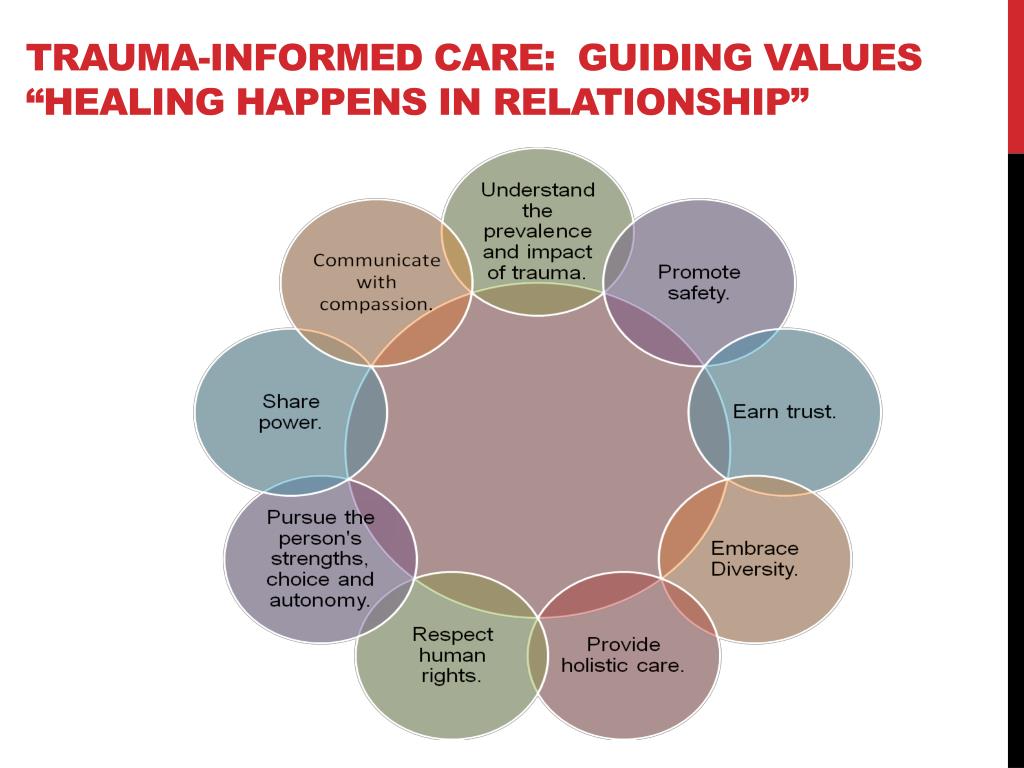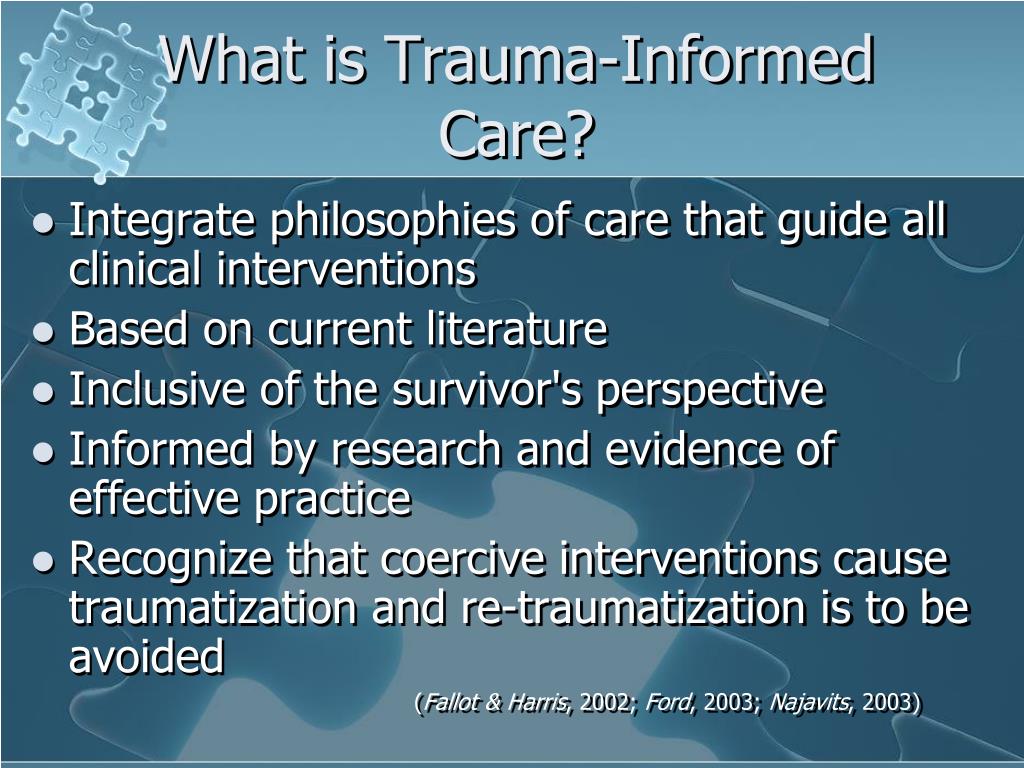

The journey towards becoming a trauma-informed organisation will require organisations to move beyond their traditional models of service delivery and to re-evaluate their entire organisational practices and policies through a trauma-focused lens. To maximise impact, all of these efforts will need to be made in a context that is trauma-informed, based on a sound understanding of trauma and its far reaching implications. Addressing trauma, however, requires a multifaceted, multi-agency approach that includes awareness-raising and education, upstream working, and effective trauma focused assessment and treatment. In the wake of the COVID-19 global pandemic the impact of trauma has seldom been more evident, with many organisations increasingly seeing the need to address trauma as an essential component of service delivery. The impact of trauma on behaviour has also been demonstrated in terms of contact with Social Work or the Criminal Justice System ( CJS), or difficulties in education, employment or the primary care system (Substance Abuse and Mental Health Services Administration ( SAMHSA), 2014).These studies have all added to a growing evidence base demonstrating that large numbers of people in contact with public services have experienced traumatic events (Greenwald, et al., 2012) that these experiences are causal in the development of mental distress (Morrison, Frame, & Larkin, 2003 Dillon, Johnstone, & Longden, 2012) and that there is a relationship between the severity, frequency and range of traumatic experiences, and the subsequent impact on mental health. These prevalence rates have driven a stream of research studies that have explored the ways trauma can lead to mental health problems (Cooke, 2016 Harper, Stalker, & Gadbois, 2008 Karatzias, Ferguson, Gullone, & Cosgrove, 2016 Kucharska, 2018 Mueser & Rosenberg, 2003 Salter & Richters, 2012 Xie, Jiuping, & Zhibin, 2017). Other surveys have found that people using mental health services are substantially more likely to have experienced domestic and sexual violence in the previous year compared to the general population (Khalifeh, et al., 2015). A study involving a systematic review of the international literature estimated that half of the people in contact with mental health services had experienced physical abuse and more than one-third had experienced sexual abuse in childhood or adulthood, indicating rates that were significantly higher than the general population (Mauritz, Goossens, Draijer, & van Achterberg, 2015). Those who reported four or more ACEs were significantly more likely to have lower mental wellbeing scores, be obese, have cardio-vascular disease and/or limited long term physical or mental health conditions (Scottish Health Survey, 2019). ACEs have also been shown to be highly correlated with socio-economic disadvantage in the first year of life (Marryat & Frank, 2019).


In Scotland, one in seven adults reported four or more ACEs, with those in the most deprived areas twice as likely than those in the least to experience this quantity of ACEs. Research exploring the distribution of traumatic events based on gender, age, ethnic background and socio-economic status has shown that traumatic events are more frequently experienced by people in low socio-economic groups and from black and minority ethnic communities (Hatch & Dohrenwend, 2007). The seminal Adverse Childhood Experiences ( ACE) study (Felitti, et al., 1998) suggests that childhood trauma is common: 30 per cent of the sample of over 17,000 people reported substance use in their household 27 per cent reported physical abuse 25 per cent reported sexual abuse 13 per cent reported emotional abuse 17 per cent reported emotional neglect 9 per cent reported physical neglect and 14 per cent reported seeing their mother treated violently. Resulting from harmful experiences such as violence, neglect, war and abuse, trauma has no boundaries with regard to age, gender, socio-economic status or ethnicity, and represents an almost universal experience across the countries of the world.
GUIDING PRINCIPLE OF INTERVENTION TRAUMA DIRECTED CARE FULL
Evidence of the full impact of trauma has been emerging now for several decades, establishing beyond doubt that its effects can be wide-ranging, substantial, long-lasting and costly.


 0 kommentar(er)
0 kommentar(er)
